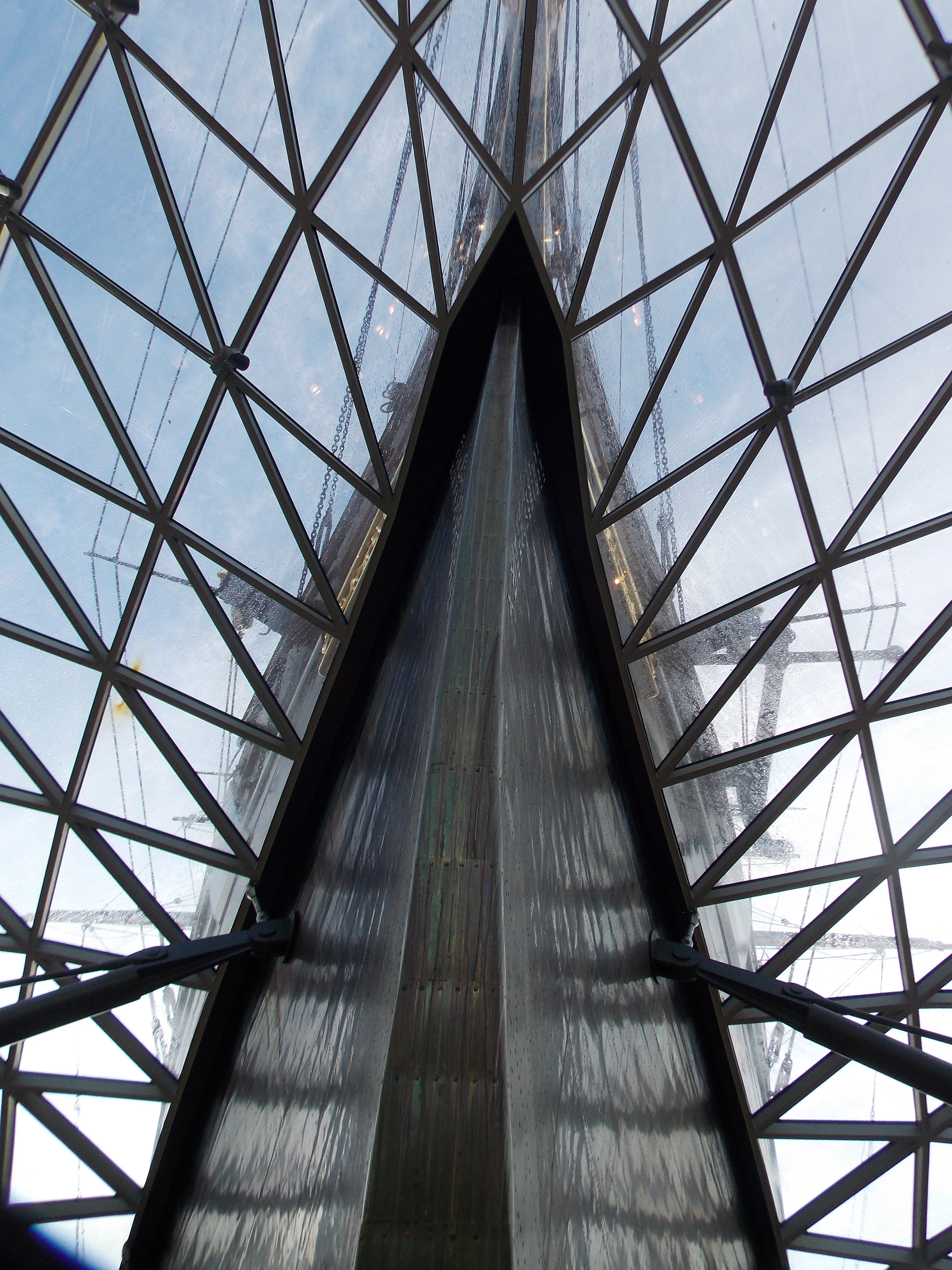I was looking back at reddit posts (while deleting them), and I realized I’d written a book worth of stuff about this topic. I would write it all again, if it is helpful. But for a brief synopsis of “how it works”, here is what one does:
Assess power needs - look at your living standard and catalog all the devices you power, and estimate the time they operate - power is measured in watts, and time in hours. Multiply to get watt-hours; then divide by 1000 to get kilowatt hours. Compare with your utility bill.


With a power budget in hand, you can turn to consideration of the local climate. If you are going to use sun 100%, what is the duration of a “bad” stretch of cloudy weather? A lightly overcast day can still give you 50% or more of the normal solar power - but all-day heavy rain clouds can knock that down to 10% or less. If you have long periods of such weather, then your battery storage needs could be immense and make off-grid solar out of reach. The solutions to this are grid-tie for backup or an alternative power supply: commonly that will be a generator and/or a wind generator depending on circumstances. Of course a person can economize with power use when they SEE that it is not a good solar day and thus cut back on demand. On that basis, I have found that two days of storage is about right for me.
How long does the sun shine during the short days of the year? Here in the tropics, it does not vary much and short days are still 11 hours. But your mileage will vary depending on latitude. And even if there is daylight for 11 hours, that does not mean there is output from solar panels. With a clear horizon most of the way around us, we start seeing PV output about two hours after sunrise and dwindling to an ineffective level about two hours before sunset. 7 hour of sun. But there are often passing clouds that knock down the output some. Still 5-6 hours is pretty guaranteed.
For an example now, I look at my pre-off-grid power use of 200 kWh per month 6.6 kWh/d and factor in some economizing. We concluded that to make an affordable system, we would avoid night-time heavy power uses: water pumping, laundry, and dishwashing machine use. So for our two-day battery system, we chose to install 9.6 kWh of battery capacity. It is a 48V bank (4 x 12V in series), so that means 9600/48 = 200 amp-hours. We found 100 amp-hour lithium batteries, which give 100% of rated capacity, compared to only about 40% of safely-usable lead-acid capacity (for reasons of extending battery life, not because of use hazards). So we have two sets of batteries with four in series in each set.
I have batteries sufficient to run the house two days (with care), but how to charge them? Time to look at the solar panels. I’d want to charge the batteries in a day, though if I could at least charge more than a day’s use I would be making “progress” So this brackets the power I need from my PV array: some where between about 5 and 10 kWh. I have already mentioned that there are 5-6 hours of useful sun, so my PV array will be between 5000/5 = 1000 watts and 10000/5 = 2000 watts. Because solar panels have become about the cheapest component of a PV system, I went high and installed 2000 watts of panels. The array is made of panels that produce about 10 amps and there are sets of three in series to boost the voltage up to about 140V DC. Two sets of three panels output 20 amps, so a 60 amp MPPT controller is sufficient. MPPT controllers convert high array voltage to the proper DC voltage for powering an inverter or charging batteries.
The house is in the USA, so it is wired for “split phase” 240 volts. Split phase means two “hot” wires that are AC power 180 degrees out of phase, each 120 volts from “neutral”. If you measure from neutral to either hot you see 120, but if you measure between the hots, you see 240 - magic! Anyway, my last house was built for off-grid and all the circuits were on a single phase. There are quite many inverters available that can deliver single phase output, and relatively few that produce split phase output. Some of the single phase inverters are “stackable” meaning they will work together to deliver greater wattage, and this means they have to “phase match” - stay in phase so they both are making +120 volts at the same time; or else there will be fire. But they can generally also be configured to operate out-of-phase by precisely 1/2 cycle and thus produce split-phase 240V power.
By consulting an Ouija board, I discovered that I could live with a 4kW inverter. That is split phase. But there are per-leg limits and peak amperage limits and various arcana that I did not explore sufficiently. Although the small 240V clothes dryer we inherited with the house was listed as 5000W, it had “economy” settings we thought might be usable. But no, the inverter would buzz and alarm at us if we tried it, even with everything else carefully switched off. We may find a “ventless” heat pump dryer eventually, but we line-dry our clothes. The next largest power uses are an induction cook-top that wants about 1200 watts, and a couple of water pumps that are less than 1000 watts. The lights are all LED. There is no air conditioner - the greatest power use by far in a house when present. We have a solar water heater.
The rest of the off-grid installation is safety equipment. Two main categories come to mind. The first is lightning protection. The panels on the roof are aluminum and mounted on aluminum structures. They need to be well grounded! Grounding something on your roof can make you more prone to strikes (but I am vague on this - some things I’ve read make me think it reduces the chance of a strike; like sailboats are rarely struck at sea because the mast tends to be well-grounded and if there is a strike it rarely injures people or equipment), but however it works, the equipment of an off-grid system is expensive and protecting it is not. There are lightning arrestors that act as high-speed switches to ground high voltage on the protected circuits. I have Delta arrestors on both the AC and DC circuits. These devices cost about $20.
The other category is breakers. US electrical codes call for breakers between panels and charge controller, between batteries and connected equipment, and between inverter and loads. But these were not required when I first had a PV system 25 years ago, not even available, and I learned to be very careful and attentive to my power system. Now I live in a concrete house and though a PV system stores a great deal of energy and a fire would be very exciting without doubt - I do not perceive the risk to be great enough to warrant the considerable expense of some of these devices. DC breakers are quite a bit larger and more expensive than their AC counterparts. If I were in a wood-frame house, I would absolutely have all the recommended breakers, or perhaps suitable fuses. As it is, we keep a pair of big dry-chemical fire extinguishers and check the pressure every year.
Nobody is looking over my shoulder on these matters: there is no homeowner insurance, no building inspector. If there were, then everything would have to be to code and nothing to even consider.